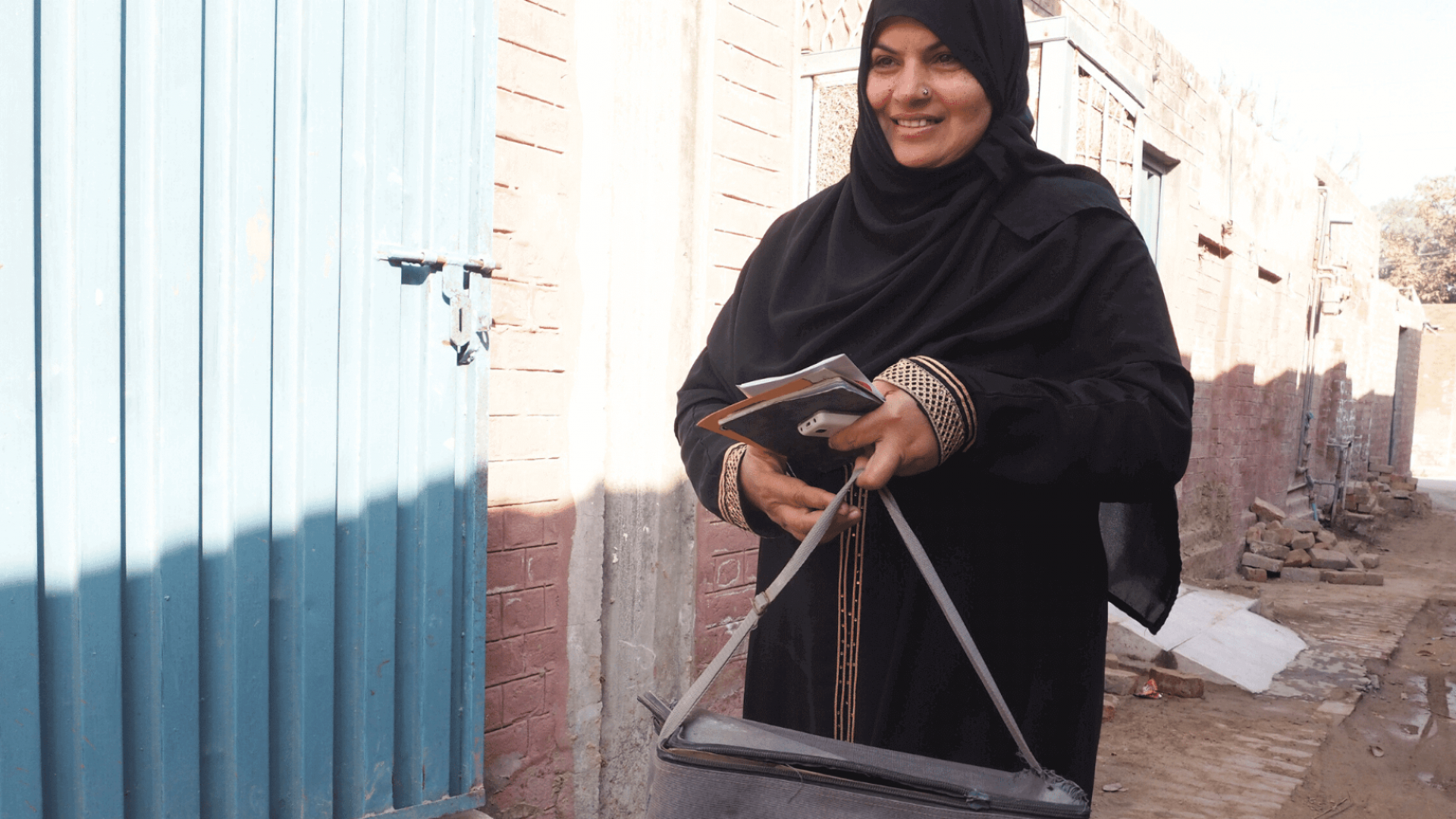The 21 Pacific Island Countries are home to <1% of the world’s population, scattered across a third of the earth’s surface. Pacific geography makes health service delivery difficult and expensive. Moreover, socioeconomic changes, rapidly increasing non-communicable diseases, communicable disease outbreaks and health effects of climate change, further impact eye health. Overall workforce constraints de-prioritises eye health, particularly in the smaller island countries as major health disciplines need to be filled first. Furthermore, the absence of appropriate training facilities and postgraduate ophthalmology programmes historically contributed to very limited ophthalmic human resources in the Pacific.
Previously there was a heavy reliance on overseas visiting teams; allied ophthalmic personnel and primary eye health workers provided basic eye care between team visits. In Papua New Guinea, registered nurses underwent a 10-week training course and graduated with a certificate as a basic eye care nurse. They were equipped to work independently in rural areas.1 In Vanuatu and the Solomon Islands, medical assistants or registered nurses were trained to deliver basic eye health services and minor ocular surgery.2 More recently, targeted training for regional diabetic retinopathy (DR) and trachoma programmes led to training of primary eye care workers in diabetes eye disease, DR technicians and trachoma master graders.
Ophthalmology training is now offered at the University of Papua New Guinea and Fiji National University. The Pacific Eye Institute in Suva is responsible for curriculum development and training. For nurse training, the Postgraduate Diploma in Eye Care is conducted in Papua New Guinea at Divine Word University, Madang and in Fiji at the Pacific Eye Institute.3 A collaboration with the Royal Australian and New Zealand College of Ophthalmologists (RANZCO) was key in the curriculum review processes. Furthermore, RANZCO supported sub-specialist teaching, leadership and continuing professional development, as well as provision of external examiners. A workforce support programme provides graduates with assistance in advocacy and clinical or technical support upon their return home.3 By the end of 2019, eight countries had at least one fully qualified local ophthalmologist, with the most populous countries each having more than four ophthalmologists, giving a total of 23 active Pacific ophthalmologists.
Local training facilities with international standards that focusing on Pacific eye health needs have built up a local workforce who understand the need and deliver appropriate eye health services. With the arrival of COVID-19 teaching has moved online. New technologies (such as artificial intelligence to assist diagnosis) offer new opportunities to deliver more high-quality services to the population.
- Farmer J. Developing eye care in papua new Guinea. Community Eye Health 2000; 13(34): 26-7.
- Newland HS, Harris MF, Walland M, et al. Epidemiology of blindness and visual impairment in Vanuatu. Bull World Health Organ 1992; 70(3): 369-72.
- Brule J, Tousignant B, Nicholls G, Pearce MG. An in-country model of workforce support for trained mid-level eye care workers in Papua New Guinea and Pacific Islands. N Z Med J 2017; 130(1460): 83-6.

